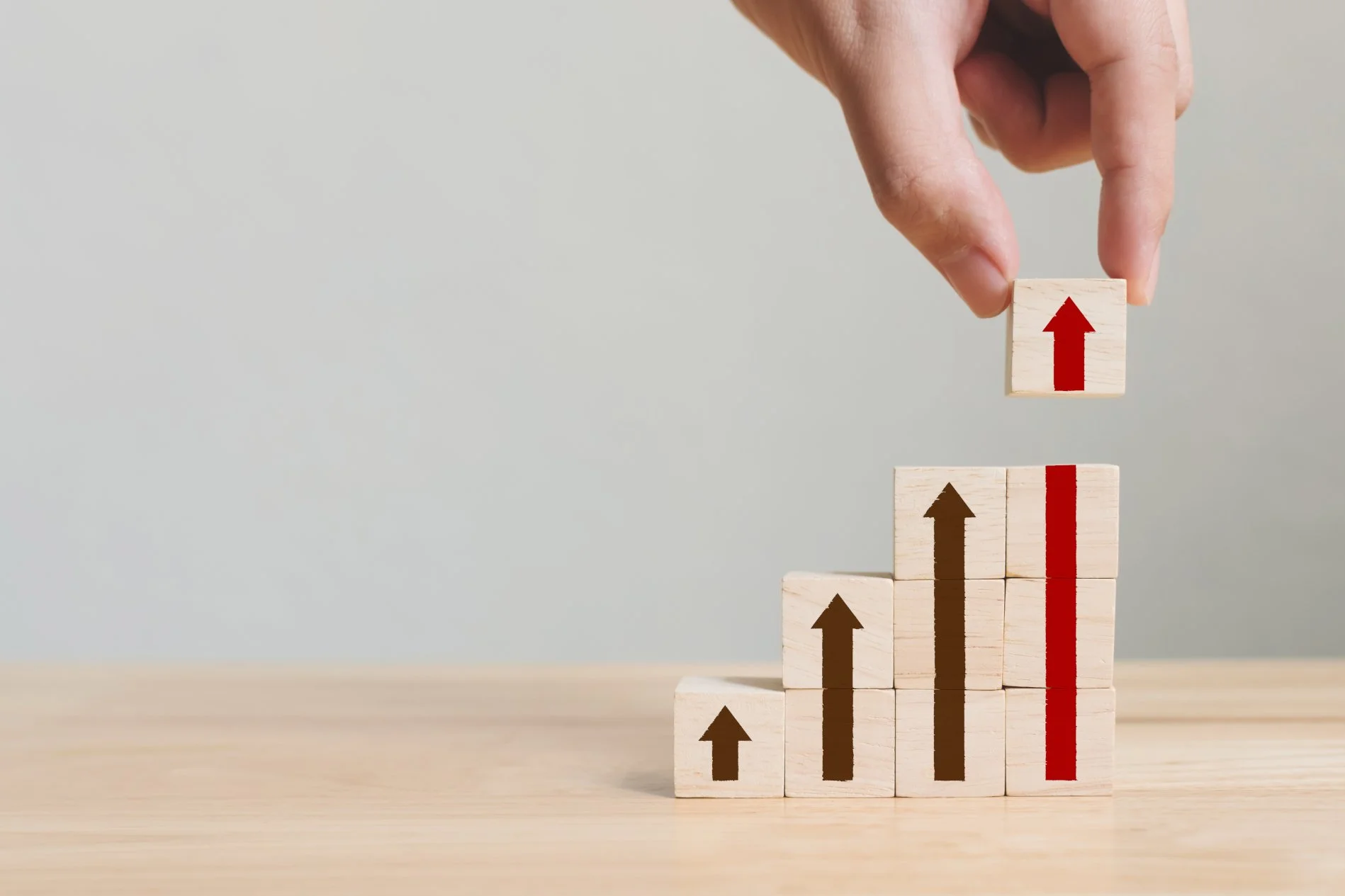Case Study: Sarah’s Investment Property
Sarah, a Brisbane-based school teacher, wanted to increase her financial wellbeing. She looked into the different investment options and decided that residential real estate would be the best option for her due to the ability to create both capital gain value appreciation and provide ongoing cashflow via the rental income.
Because Sarah already lived in Brisbane, she started looking locally and identified that the city would likely benefit from population expansion and infrastructure advancements over the next few years. She narrowed down her search to a few suburbs around 15 kilometers away from the Central Business District, which provided easy access to public transport, had good schools and were undergoing revitalization, with new cafes and amenities.
The median house price in this area was around $550,000 at the time.
In early 2016, Sarah purchased a 3-bedroom 2-bathroom townhouse for $560,000. She purchased this using a 5% deposit from savings, and secured the property using her existing home to avoid any lenders mortgage insurance. The loan would be interest only for the first 3 years, after which she hoped the rent would increase enough that the Principle and Interest payments would be covered.
Her plan was that this location would experience above average growth while maintaining a low rental vacancy rate, allowing her to cover the mortgage repayments with a small amount of out of pocket expense each month.
Nine years on since Sarahs investment, let’s take a look at her progress:
Capital Gains:
The property has risen in value substantially. Internal migration, coupled with limited increased supply in the middle ring suburbs has driven the value of the property up substantially.
Her property is now worth an estimated $1,050,000, showing an increase of $490,000, reflecting an average annual growth rate of 7.24% (compounded) throughout this period.
Cashflow:
Rental Income & Yield: Initially, the property rented for $450 per week, providing an annual gross rental income of $23,400. The gross rental yield came out to approximately 4.2% ($23,400 / $560,000). Rental prices across Brisbane increased over this period, allowing Sarah to increase her rent a number of times. She is currently renting the property for $650 per week, representing a gross annual income of $33,800, a 6% yield on her initial purchase.
More importantly, despite interest rate rises and the interest only period on her loan expiring, the property now generates enough income that she does not need to supplement the holding costs, freeing up more income for her to enjoy.
Where Sarah went wrong:
Overall, Sarah’s investment has done well. Her holding costs are now covered, and the value of her asset has increased by $490,000.
However, there are a few things that Sarah could do differently to increase her results in her next purchase.
Cashflow: When calculating holding costs, Sarah focused on Gross Rental Yield against her mortgage payments, rather than considering all of the costs associated with holding her investment. Costs such as Rates, Insurance, Maintenance and Management Fees all eat into the cashflow, requiring additional money to be outlaid by Sarah each month to cover the shortfall. While these expenses are generally tax deductable, providing some negative gearing advantages, not considering them left Sarah short on cashflow a number of times, causing more stress than was necessary.
Sarah also opted to use her existing home as security for the investment, which opened her home up to risk. If Sarah run into problems with her investment property, this structure may have seen her home used to offset any loses associated with the rental property. Next time Sarah will engage a professional accountant and mortgage broker to better structure her purchase.
Conclusion:
Sarah’s steps toward securing her financial future have begun to pay off, setting her path towards a comfortable retirement. Her gain of $490,000 will provide her with options in the future and her neutral holding costs will allow her to hold onto this property indefinitely without strain on her lifestyle. While Sarah has learnt from this experience and will do a few things differently next time, she’s ecstatic how well her property has performed and that she took action and began her journey toward a secure financial future.


